In recent weeks, a wave of viral TikTok videos originating from Chinese factories has stirred controversy in the luxury fashion world. These clips claim that high-end products—ranging from Hermès Birkin bags to Lululemon leggings—are being manufactured in China. They are then sold directly to consumers at a fraction of their retail prices.
The videos suggest that these items are produced on the same production lines as the originals. This challenges the traditional narratives of luxury branding and pricing. This phenomenon has prompted major fashion brands to respond, aiming to protect their reputations and clarify misconceptions.
The Emergence of ‘Factory Direct’ Luxury on TikTok
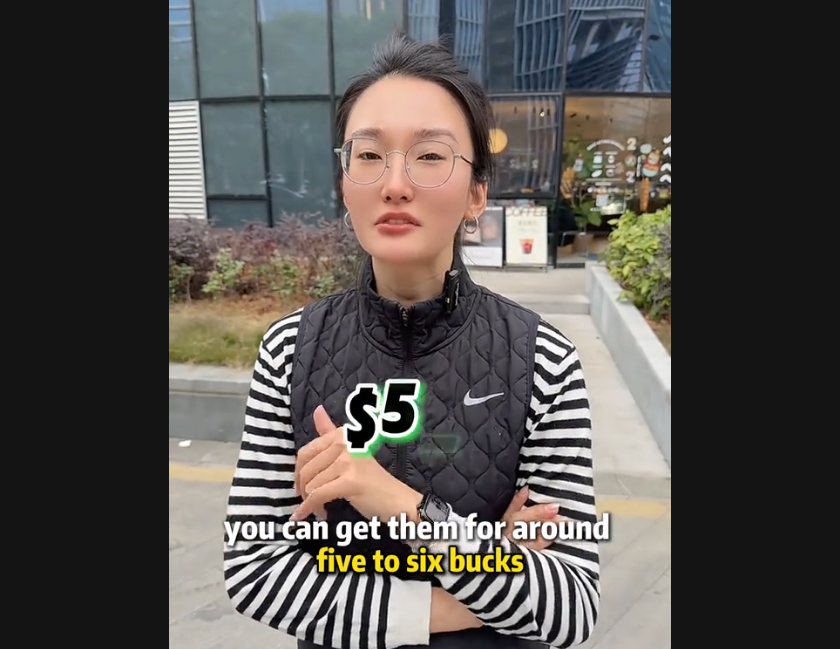
TikTok has become a platform where Chinese manufacturers showcase what they claim are authentic luxury goods available directly from factories. One viral video features a woman presenting yoga pants purportedly made in the same facility as Lululemon’s, offering them for just $5–$6. This is compared to the $100 retail price. She asserts, “The material and the craftsmanship are basically the same because they come from the same production line.” Another video displays a man offering Louis Vuitton-style bags for $50. He claims they originate from the same manufacturers as the luxury brand’s products.
These videos surrounding luxury fashion have gained significant traction, with millions of views. Additionally, they have sparked discussions about the true cost of luxury goods and the markups imposed by brands. In response to these viral videos, several luxury brands have issued statements. They are actively refuting the claims made. Lululemon stated that it “does not work with the manufacturers identified in the online videos and we urge consumers to be aware of potentially counterfeit products and misinformation.” The company also directed consumers to its official list of suppliers for accurate information.
Latest news & breaking headlines
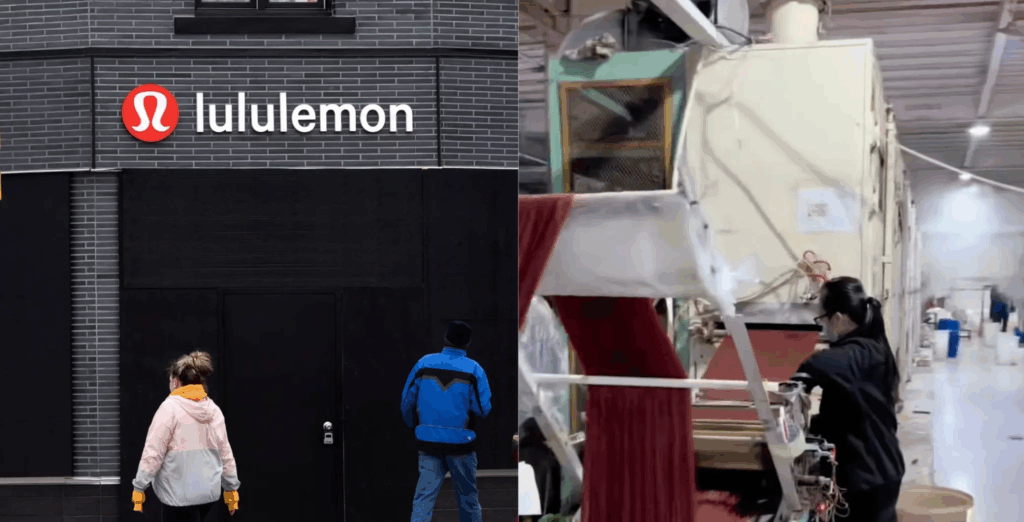
Similarly, Adidas emphasized that its products are “not sold directly by our suppliers.” They have advised customers to purchase only through official channels. Other brands, including Hermès and Louis Vuitton, have also distanced themselves from the factories featured in the videos. This reinforced that their manufacturing processes are exclusive and not affiliated with the entities making these claims.
In China, a trend known as “pingti” has emerged, referring to high-quality replicas or “dupes” of luxury items sold without brand logos. These products are marketed as being made with similar materials and craftsmanship as their branded counterparts but are offered at significantly lower prices. For instance, Chicjoc, a Chinese fashion label, sells a herringbone tweed overcoat made from Italian fabrics. These are sourced from suppliers to Prada and Bottega Veneta. This movement reflects a shift in consumer behavior, where shoppers prioritize value and quality over brand prestige. The popularity of pingtis indicates a growing skepticism towards luxury brand markups and a desire for more transparent pricing.
Read More: 10+ Photos That Explain Why 70s Men’s Fashion Should Never Make a Comeback
Implications for the Luxury Fashion Industry
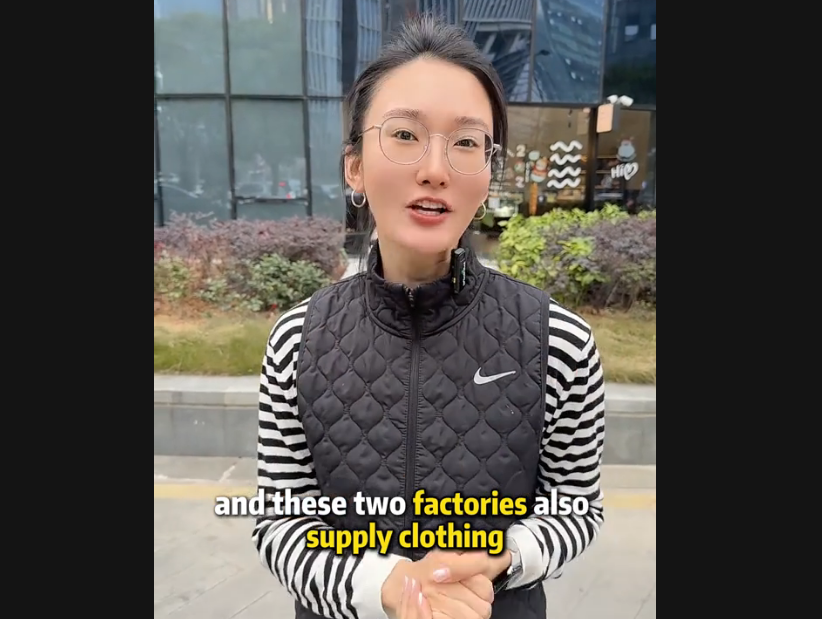
The proliferation of these videos and the pingti trend pose significant challenges for the luxury fashion industry. Brands are grappling with the need to maintain their image of exclusivity and justify their pricing structures. The exposure of manufacturing practices and the availability of similar products at lower prices threaten to erode the perceived value of luxury goods.
Experts suggest that brands must adapt by enhancing transparency about their production processes. Thus reinforcing the unique aspects that justify their premium pricing, such as superior craftsmanship, heritage, and brand experience. Engaging with consumers through storytelling and emphasizing the intangible value of luxury items could help mitigate the impact of these revelations.
Navigating the New Landscape
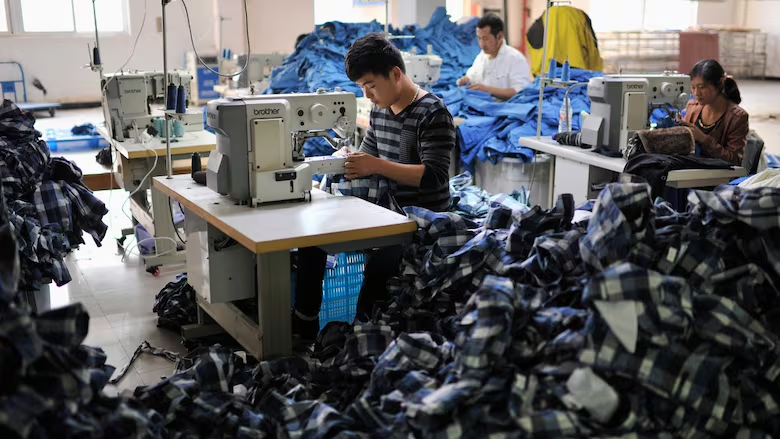
As the digital landscape evolves, luxury brands face the challenge of addressing misinformation while preserving their brand integrity. The rise of social media platforms like TikTok has democratized information sharing. This makes it imperative for brands to actively participate in conversations and clarify misconceptions.
By proactively engaging with consumers, providing transparency, and reinforcing the unique value propositions of their products, luxury brands can navigate this new landscape and maintain their esteemed positions in the market.
Vogue Business
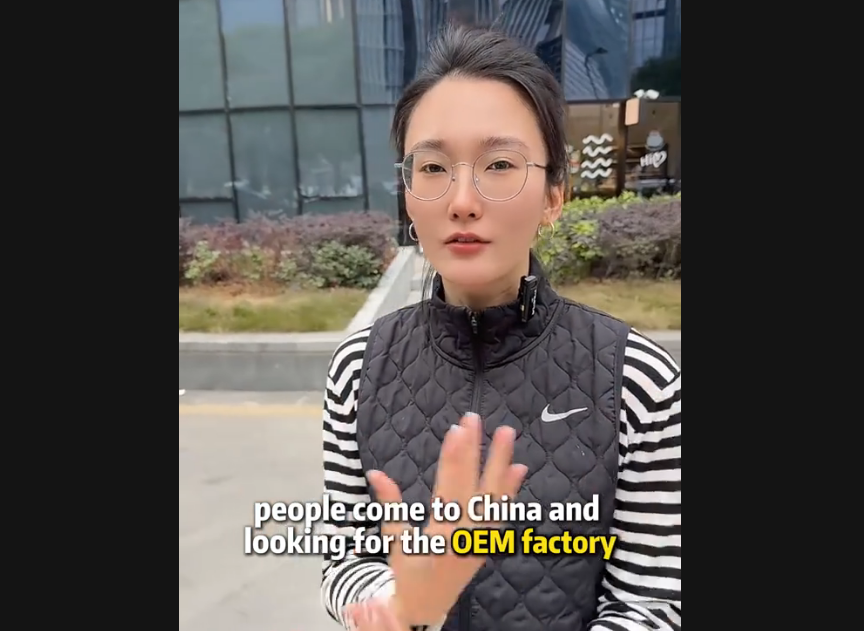
The recent surge of viral videos claiming to expose the “true cost” of luxury goods has prompted major fashion brands to respond and reevaluate their strategies. As consumer behavior shifts towards value and transparency, the luxury industry must adapt to maintain its relevance and appeal in an increasingly informed and discerning market.

